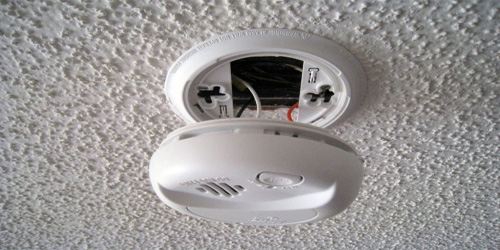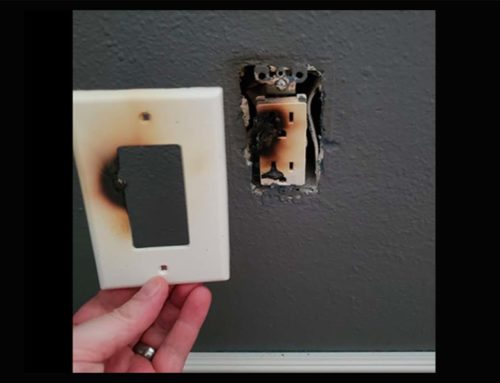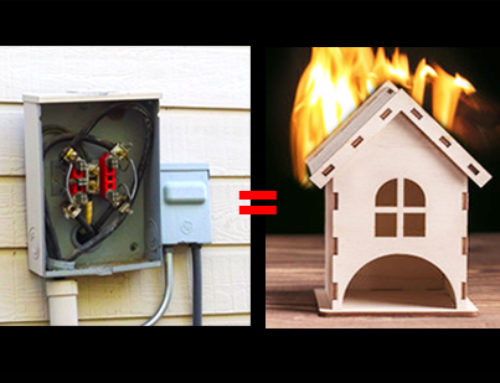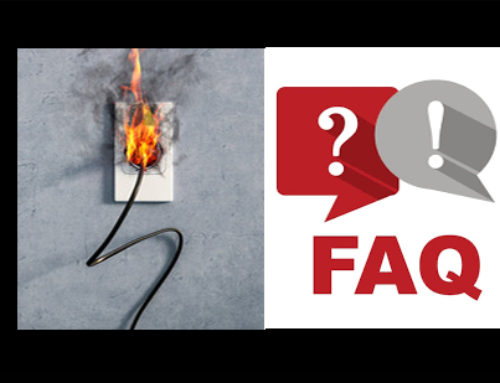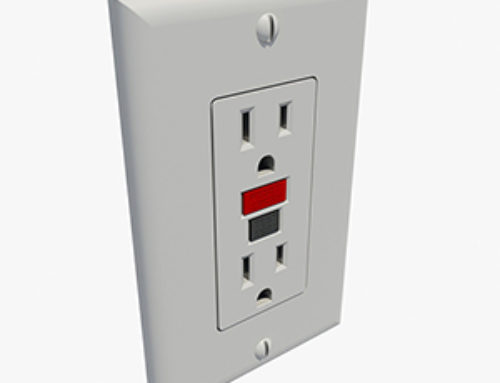Having proper smoke alarms and carbon monoxide detectors inside of a residence is more than just a good idea, it’s also the law. Interstate Electric and Solar wants to highlight some facts about your smoke alarms and carbon monoxide detectors so you can be informed as a consumer.
- 3 out of 5 deaths that are caused by fires in a residence are a result of improper smoke alarms and carbon monoxide detector protection.
- The average lifespan of smoke alarms and carbon monoxide detectors is between 7 -10 years depending on the manufacturer.
- Dust, water vapor, nail polish remover, aerosols, paint, and paint fumes will cause these devices to stop functioning properly.
- You are required by law to have smoke alarms and carbon monoxide detectors in specifically placed locations in your home.
Placement of Smoke Alarms and Carbon Monoxide Detectors
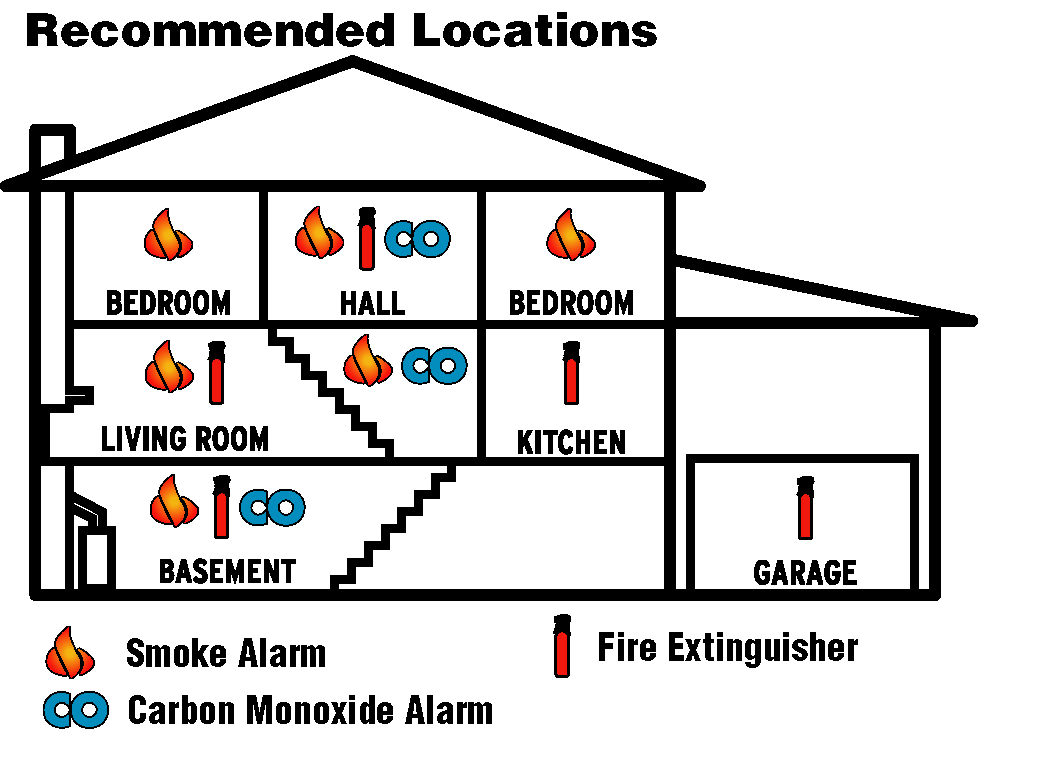
SMOKE ALARMS:
Section 314 of the 2012 NC Residential Building Code reflects new requirements for smoke alarms which will potentially affect portions of the existing house whenever additions, alterations or repairs to a single family house or duplex take place. Please read the following carefully in order to be aware of how this will affect this particular permit.
Section 314.3 requires smoke detectors in the following locations in single family and duplex homes:
1) In each sleeping room.
2) Outside each separate sleeping area in the immediate vicinity of the bedrooms.
3) On each additional story of the dwelling, including basements and habitable attics (finished) but not including crawl spaces, uninhabitable (unfinished) attics and uninhabitable (unfinished) attic- stories. In dwellings or dwelling units with split levels and without an intervening door between the adjacent levels, a smoke alarm installed on the upper level shall suffice for the adjacent lower level provided that the lower level is less than one full story below the upper level.
4) Multiple smoke alarms are required to be electrically wired and interconnected .
For alterations, repairs and additions, section 314.3.1 allows two exceptions:
1) Work involving exterior surfaces only, such as the replacement of a roof or siding, or the addition or replacement of windows or doors, or the addition of a porch or deck is exempt from the requirements of this section.
2) Installation, alteration or repairs of plumbing or mechanical equipment are exempt from the requirements of this section.
Also, per 314.4:
Interconnection and hard wiring of smoke alarms in existing areas shall not be required where the alterations or repairs do not result in the removal of the interior wall or ceiling finishes. The location would be the same (as above) but may be battery powered and shall be designed to emit a recurring signal when batteries are low and need to be replaced.
CARBON MONOXIDE DETECTORS:
Section 315.2 reflects requirements in existing dwellings where interior alterations or repairs to a single family or duplex take place. where interior alterations, repairs, fuel-fired appliance replacements, or additions requiring a permit occur, or where one or more sleeping rooms are added or created, carbon monoxide detectors shall be provided in accordance with section 315.1
“outside of each sleeping area in the immediate vicinity of the bedroom(s) as directed by the alarm manufacturer”.
Per Section 315.3, the required carbon monoxide detectors shall be audible in all bedrooms over background noise levels with all intervening doors closed. Single station carbon monoxide detectors shall be listed as complying with UL 2034 and manufacturer’s installation instructions.


